US A research team at the University of California Santa Barbara has developed a new method that can simulate images of static objects behind walls using WiFi.
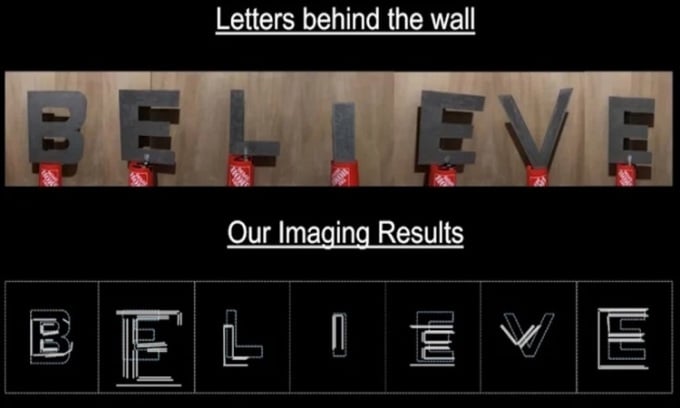
The word BELIEVE is placed on the back of the wall (top) and the photo is taken with WiFi (bottom). Photo: UC Santa Barbara
Sensing moving objects using WiFi signals has shown promising results. However, applying the same technology to static objects is challenging due to their lack of motion. To overcome this challenge, the team used the English alphabet as a static object. Their method, called Wiffract, uses the radio waves of a WiFi transmitter and receiver to conduct the experiment.
Wiffract was developed based on Joseph Keller’s Geometrical Diffraction Theory (GTD), which exploits the signature that edges leave on a receiver grid. When a wave hits an edge, a wave crest appears, called a Keller cone, according to GTD. That interaction applies not only to sharp, visible edges, but to all surfaces. The researchers set up the receiver grid near the edge. The reflected rays leave different signals on the receiver grid, which the team uses to determine the image of the object they are tracking.
“We then developed a mathematical model that uses the cone signal to infer the contours of the edges,” said Yasamin Mostofi, a professor at the University of California Santa Barbara. That allowed us to project a WiFi image of the English letter through the wall.
In the experiment, the team placed the letters of the word "BELIEVE" behind a wall to read using WiFi. The final result showed a clear image of the lettering. "Wiffract not only easily identified the letters, but also captured the letter details very well. Wiffract enables reading through walls using WiFi for the first time," the team concluded.
Mostofi and his colleagues conducted 30 experiments photographing uppercase English letters. Once the photographs were obtained, the researchers were able to enhance the images using the enhancement tool. Wiffract's various applications include crowd analysis, person recognition, health, and smart spaces.
An Khang (According to Interesting Engineering )
Source link



![[Photo] "Beauties" participate in the parade rehearsal at Bien Hoa airport](https://vstatic.vietnam.vn/vietnam/resource/IMAGE/2025/4/11/155502af3384431e918de0e2e585d13a)

![[Photo] Looking back at the impressive moments of the Vietnamese rescue team in Myanmar](https://vstatic.vietnam.vn/vietnam/resource/IMAGE/2025/4/11/5623ca902a934e19b604c718265249d0)


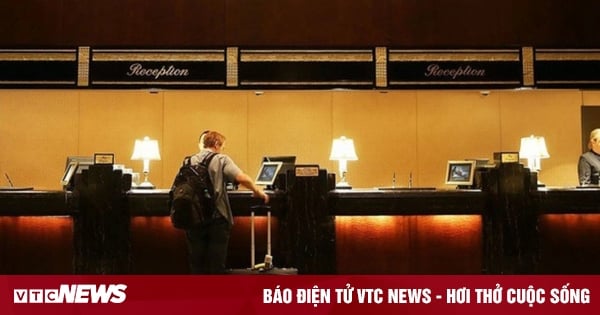


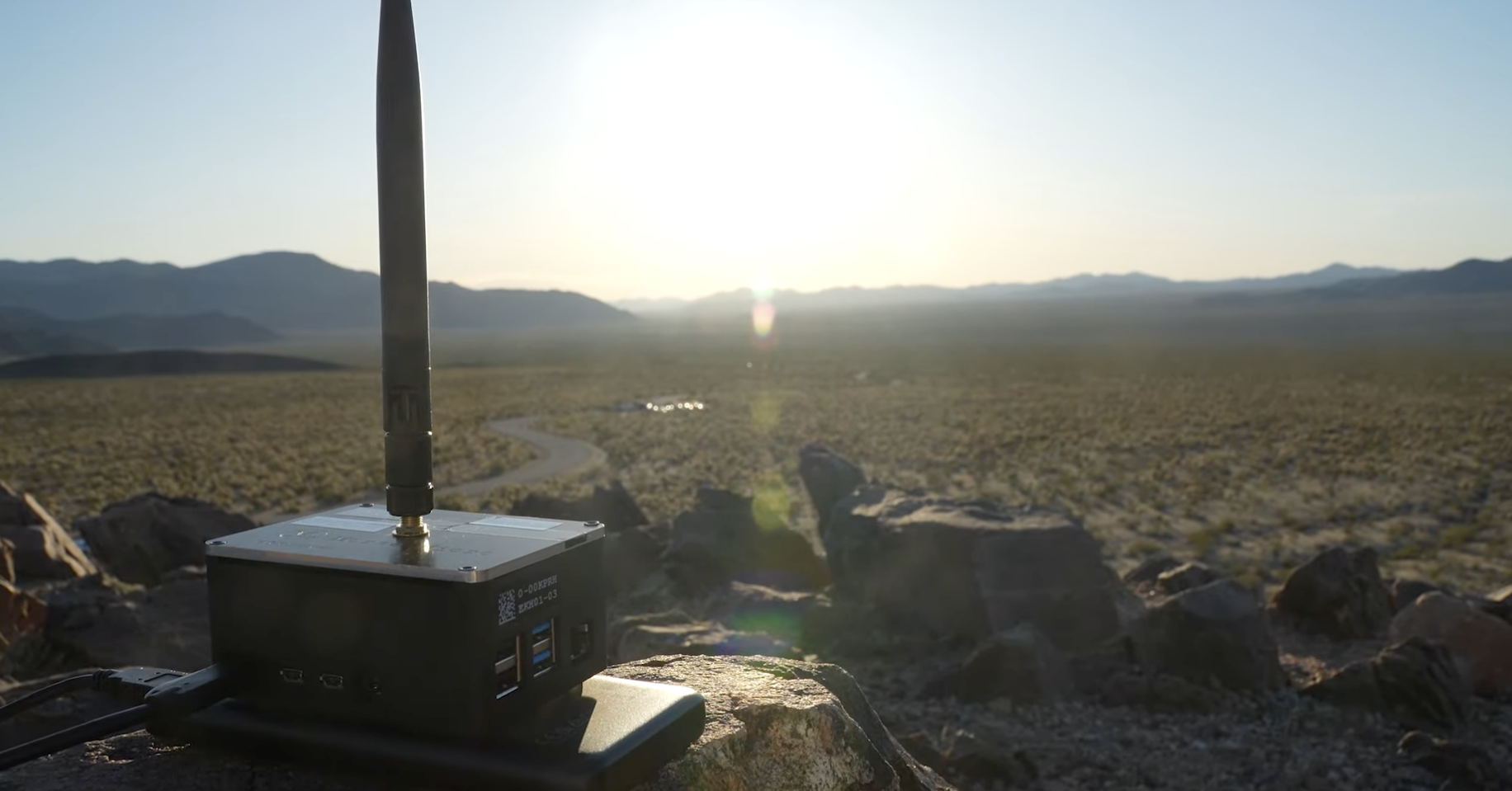

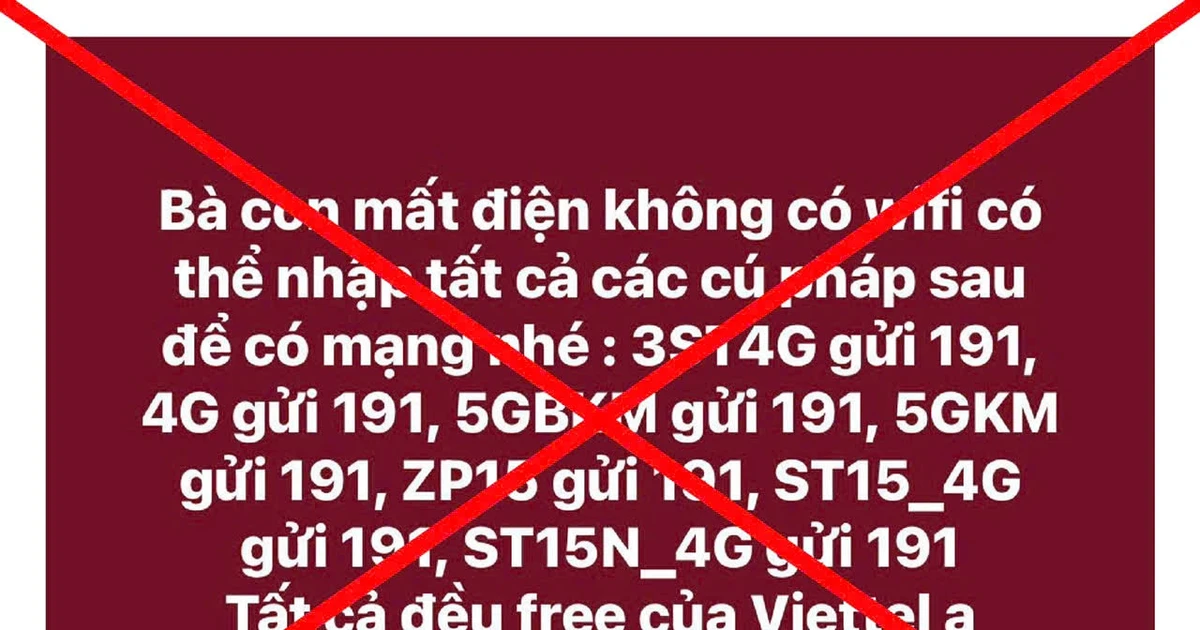





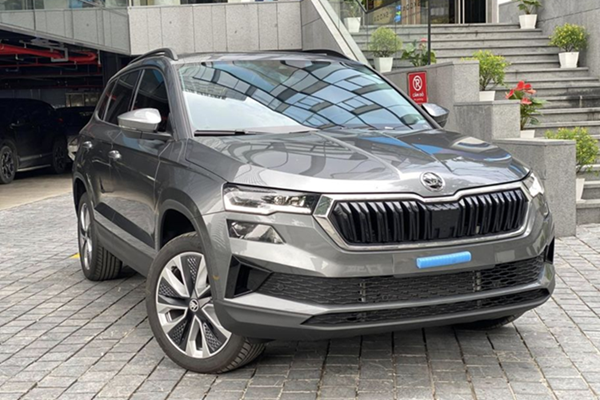
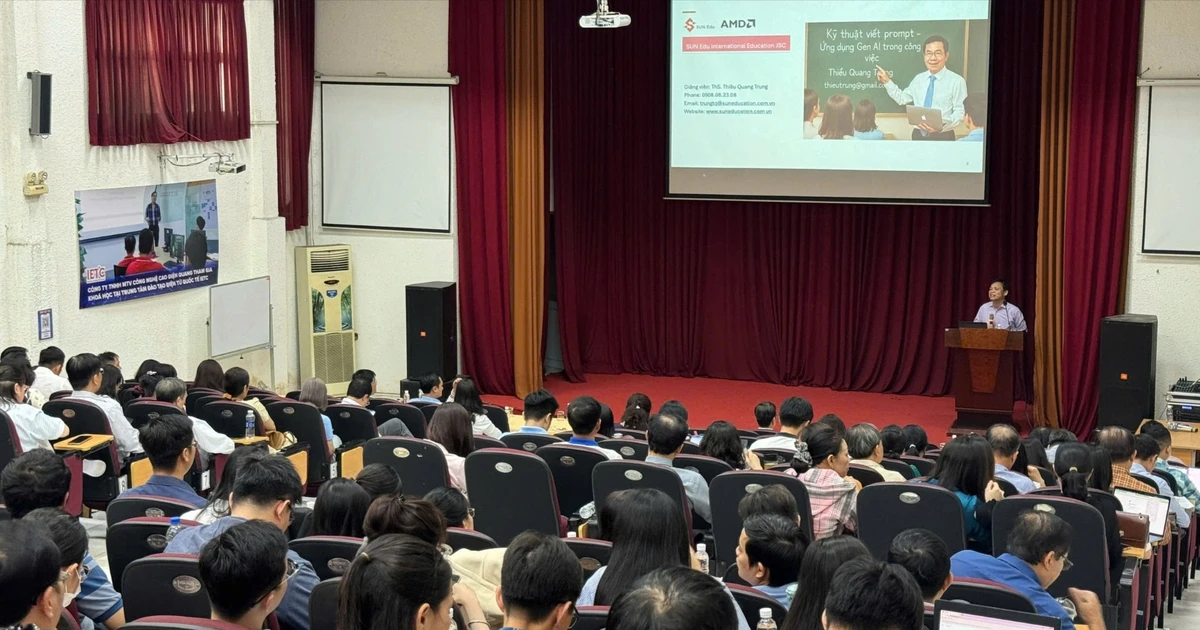
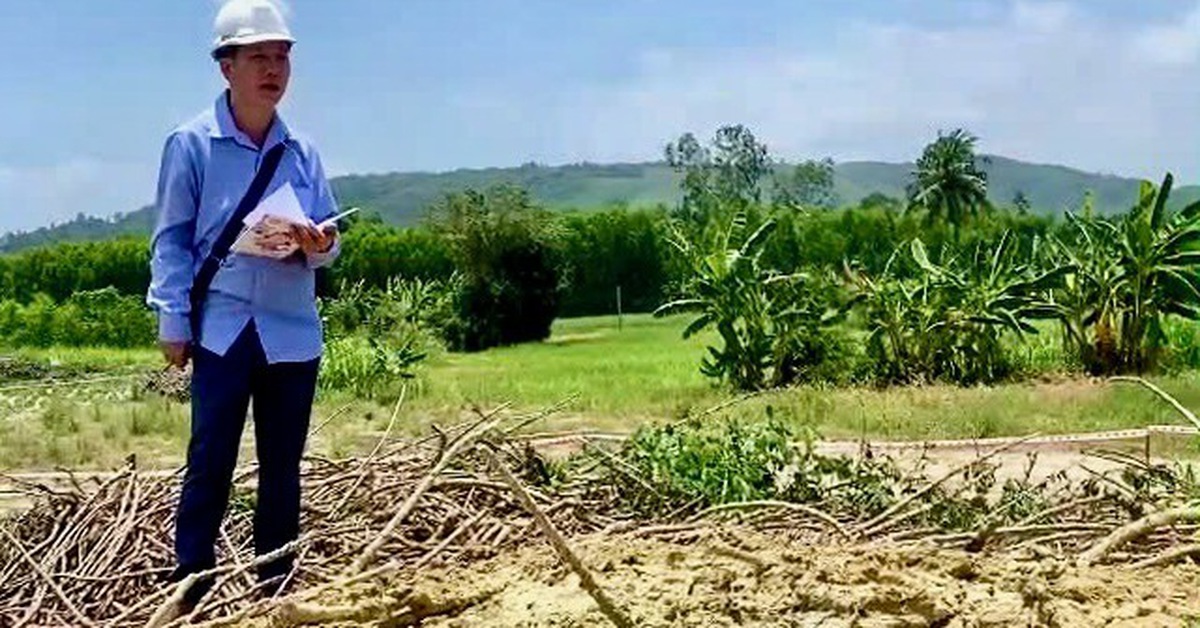

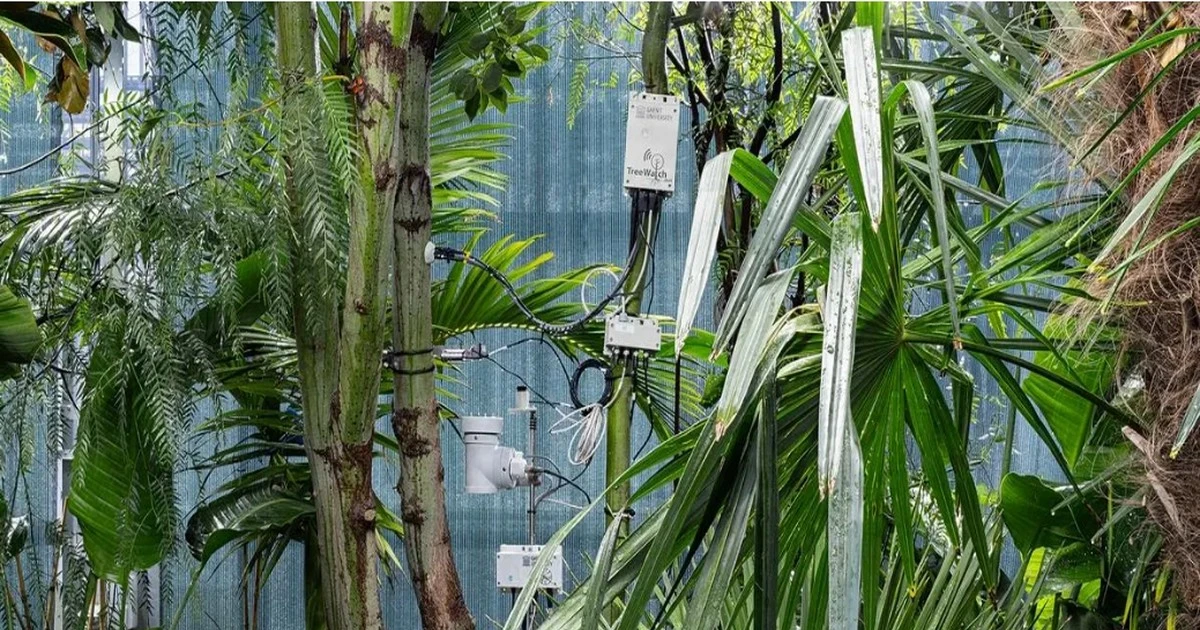








![[Photo] Summary of parade practice in preparation for the April 30th celebration](https://vstatic.vietnam.vn/vietnam/resource/IMAGE/2025/4/11/78cfee0f2cc045b387ff1a4362b5950f)









































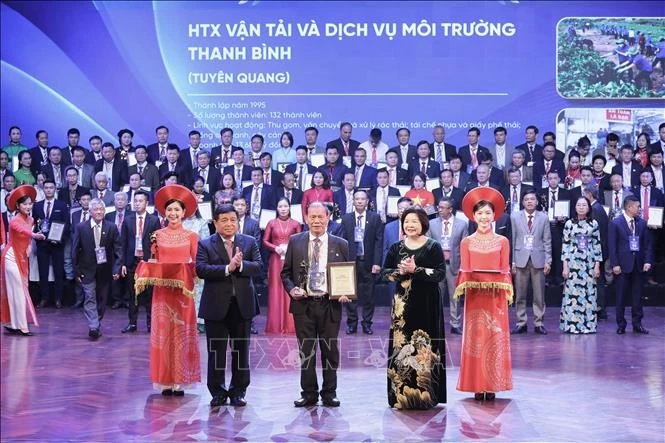

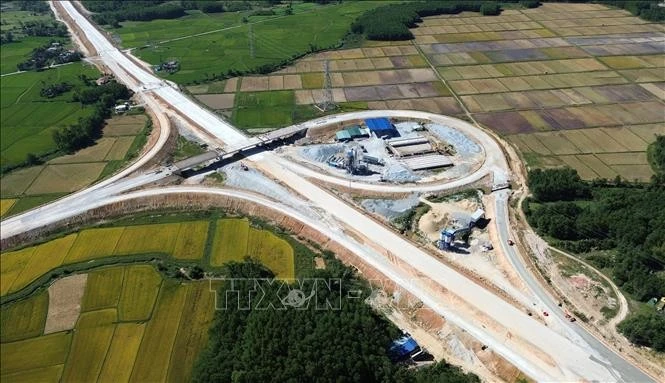


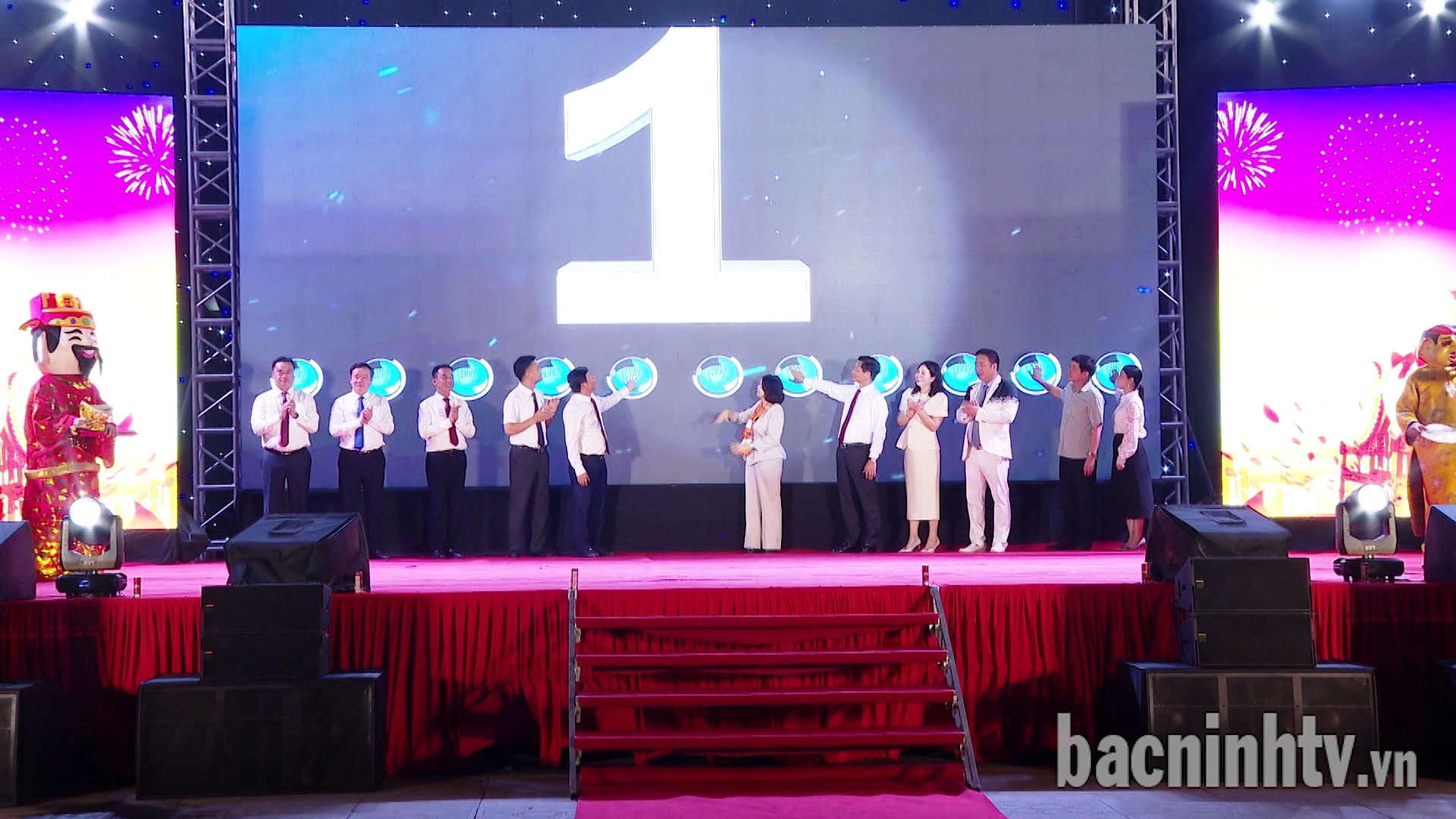
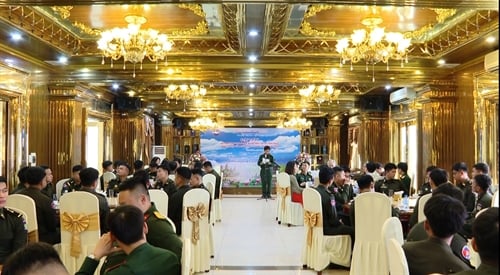













Comment (0)